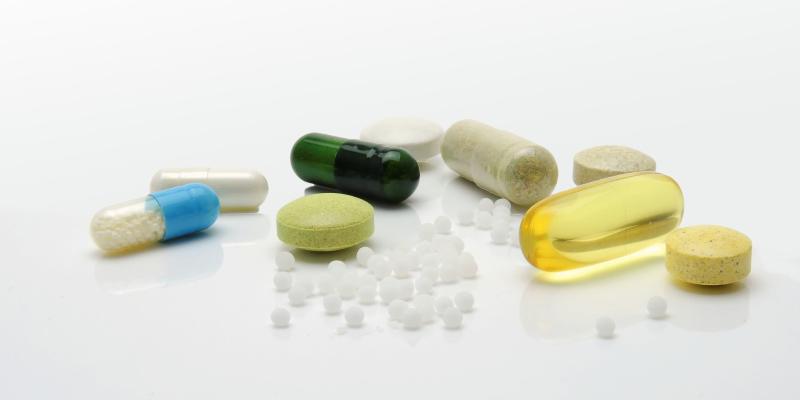“I can offer you a less expensive substitute of the prescribed drug," hear numerous patients in pharmacies. What exactly is a “less expensive substitute"? It is definitely not an inferior drug.
This fact is supported by Professor Jacek Spławiński of the National Heath Institute in Warsaw. It is not true that only expensive things are good. Definitely not in the case of drugs. To many patients, this is a chance for less expensive, but usually equally effective treatment.
When drugs become substitutes
A “less expensive substitute" is a recreated drug called a generic drug. Therefore, generics are products, which are copies of original innovative drugs, which have been launched on the market several years ago and whose patent protection has expired.
Generics can be introduced to sales after the expiration of the EU patents protecting the original drugs. They are usually valid for 20 years, although they can be extended by 5 additional years after the acquisition of so-called Supplementary Protection Certificates (SPC). The producers of generic drugs await such expirations. After a few years from the expiration of patent protection, several substitutes of the original drugs appear.
The effect of these drugs is similar, because they contain the same active medicinal substance as the original drugs, and thus become their substitutes. Their price is lower, which stems from the fact that producers of generic drugs do not have to conduct tests on animals or clinical studies (on humans), which are necessary to register a new product.
The studies already conducted by the producer of the original drug take several years and their cost is very high. It is assessed that approximately 1 billion dollars is needed between the start of the first tests and the introduction of the product to the market.
Prior to introducing it to the market, the producer of a substitute drug must only finance the tests to confirm that it is the bioequivalent of the original drug, i.e. that it does not present significant difference in the biological accessibility of the active components after administered in the same dose and form. Such tests are much less costly, therefore the drug requires less funds for its preparation, which translates into the lower sales price of the product.
What are the potential differences between original and substitute drugs?
According to the Polish Association of Representatives of the Pharmaceutical Industry (PZPPF), which represents the national manufacturers of generic drugs, generic drugs may contain other auxiliary substances, such as colouring agents, starches, sugars, etc. They can also differ in size, colour, and shape; however, these differences are insignificant to their medical properties. The most important thing is that they fulfil the same standards of quality, safety, and effectiveness as the original drugs (pursuant to the global standards defined as a Good Manufacturing Practice).
Therefore, when we go to a pharmacy, the pharmacist has the right and responsibility to suggest a less expensive substitute to the patient. It is irrelevant if the physician has prescribed a drug with the commercial name or just with the name of the INN (International Nonproprietary Name) of its active substance. The choice of a specific drug is always up to the patient.
An exception is a situation, in which the physician reserves a specific drug name; in this case, the prescription receives the “NZ" (do not change) code. However, this has to be arranged with the patient.





-250x200.jpg)



Comments (0)